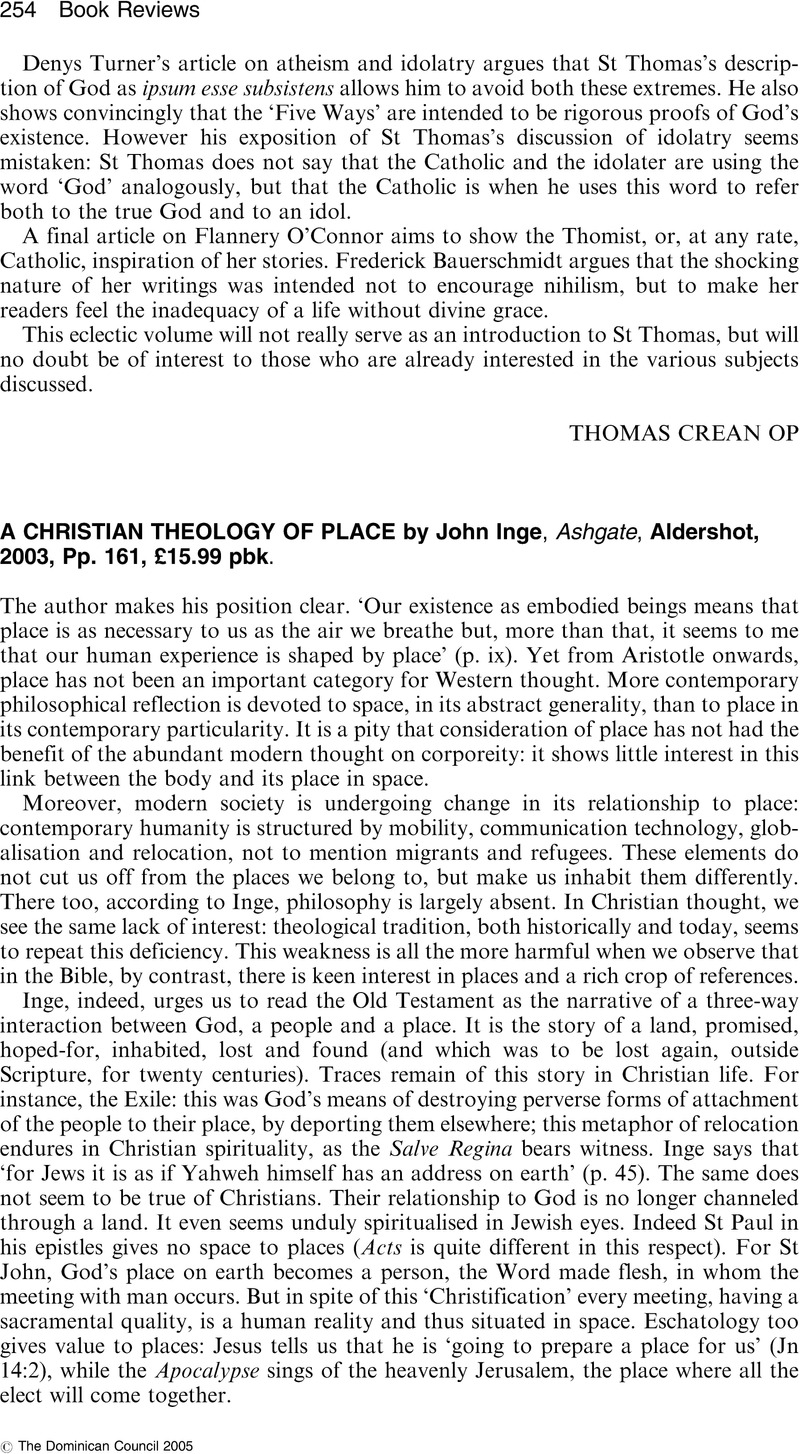Crossref Citations
This article has been cited by the following publications. This list is generated based on data provided by Crossref.
Palma, Alexandre
2023.
Laudato Si’ and Spatial Turn: A Theological Approach.
Religions,
Vol. 14,
Issue. 9,
p.
1111.



